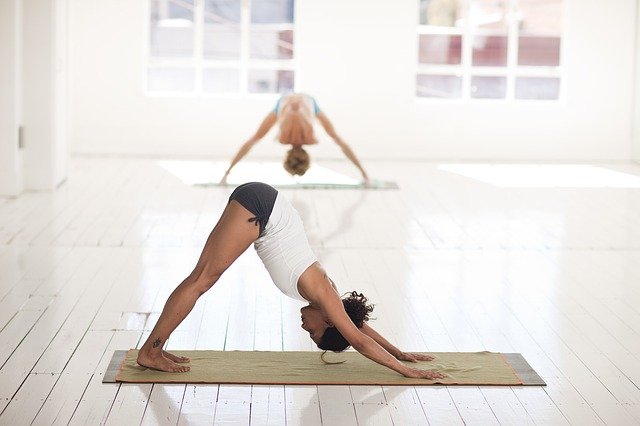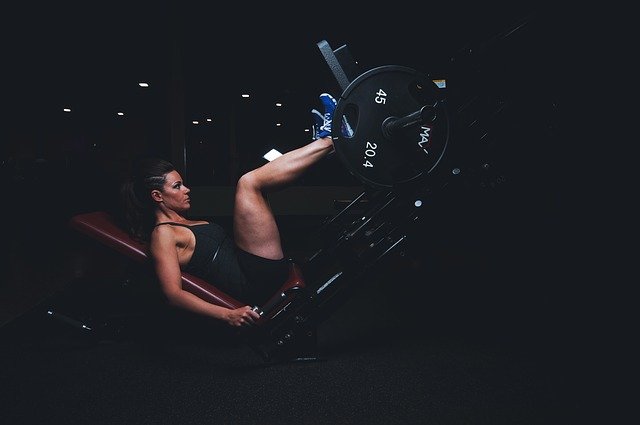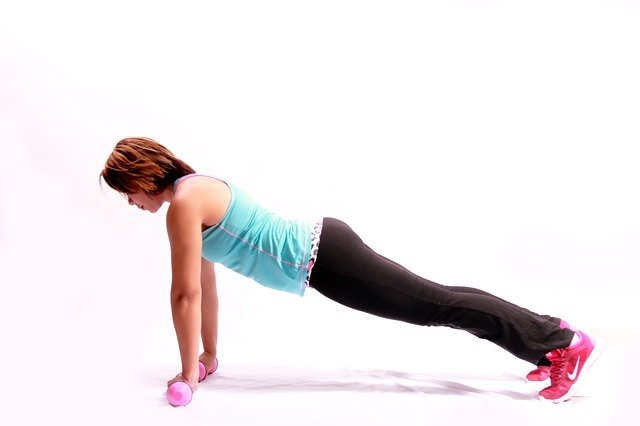What if there was a simple, straightforward way of taking a workout and figuring out exactly what should be in it? There is. It’s called the 5 R’s principle.

The 5 R’s Principle can help beginners figure out what exactly goes into an effective workout. Each “R” focuses on an important element of an exercise routine that forces the beginner to look at their workouts holistically.
RANGE of motion
Range of motion refers to how the capability of a joint to move through a prescribed set of movements. In order for a beginner to see results, each exercise should be performed from a fully stretched position of the muscle to a fully contracted position.
An example: I see a lot of beginners (and people who have been around the gym long enough to know better) load up the EZ-curl bar for preacher curls and perform the exercise only lowering the bar halfway down on the eccentric portion of the exercise. Not only can this cause injury to the bicep muscle, but it also doesn’t work the muscle the best way possible and limits the results of the exercise.
You’ll hear the term “range of motion” often in reference to joint health and mobility. This is no exception in the gym. Your joints are supported by large and small muscles. In order to optimize your joint health, all the muscles surrounding the joints must be worked as well.

Note: This post may contain affiliate links. If you buy from our links, at no additional cost to you, we get commissions so we can improve this site. For more information, visit this page.
Source of the images: Pixabay.
RESISTANCE
When you’re just starting to lift weights, how much weight to use is a huge issue. It’s unfortunate that many personal trainers will tell women to use a lighter weight so that they will “tone up” and not get bulky. This is probably the biggest myth in all of the weight lifting. Women who lift heavy weights will not get bulky. Don’t believe anyone who tells you this! Choose a weight that allows you to complete the exercise without sacrificing proper form, but that is heavy enough that you cannot possibly perform another repetition at the end of your prescribed set of repetitions.

REPETITIONS
Another huge variable for beginning exercisers is how many repetitions to perform. Performing certain repetitions will indeed produce highly specific results. In general, low repetitions (3-8) produce greater absolute strength, medium repetitions (10-20) produce anaerobic strength endurance, and high repetitions (20-40) produce aerobic strength endurance.
Now, an ideal beginner routine will probably include sets of medium repetitions, just to allow the exerciser to learn to perform the exercise correctly, with proper form and technique, and to allow her to experiment with experiencing muscle fatigue at 12-15 repetitions. As she progresses, she can experiment with different set/rep schemes customized to individual goals.
An important note is that in order to achieve the results desired from performing a certain number of repetitions is that muscular failure must be achieved within the repetition ranges above. Muscular failure means that you can’t possibly push out one more repetition, no matter how hard you’re trying to do it.

REST
In general, your body needs between two to four minutes of rest between sets to prepare itself to perform another set at maximum capacity. Adenosine triphosphate (ATP) and phosphocreatine (PC) are used by your muscle cells to contract during a weight lifting exercise. Your body needs time to regenerate these two compounds before it is ready to go again.
Unless you’re trying to develop all-out absolute strength by performing low repetitions with very heavyweight, you’re probably not going to need to wait that long between sets. Most beginners will be working within a medium repetition range and therefore do not need to wait that long between sets. One to two minutes is fine.

RECOVERY
You will not see faster or better results by working the same muscle groups day after day. As important as hard work is, recovery between workouts is even more important. Beginners should work the same muscle groups no more than two times per week, with at least forty- eight hours break between sessions. As an exerciser becomes more advanced, she/he will probably cut back to working each muscle group once every seven days or so.

Click on the button below if You Want to Beat Stress, Get Fit, Sleep Better, and Recover Faster.
More about fitness? Click on the buttons below.
Off-topic? Maybe you want to read about photography: how to take photos, tips, tricks, and many more. Click on the button below.
